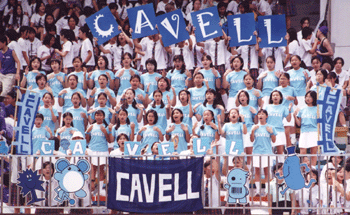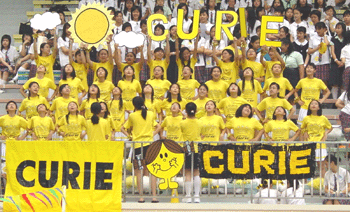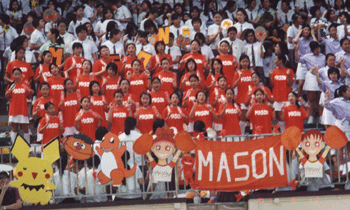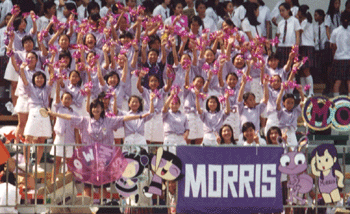|
| |
 |
CAVELL |
Edith
Louisa CAVELL (1865-1915), a British nurse who became a celebrated
martyr during World War I. Born in England, Cavell began her
nursing career in 1895 at a London hospital. Later she became
the first matron of the Berkendael Medical Institute in Brussels.
In the course of her work there, Nurse Cavell helped British,
French, and Belgian soldiers escape across the Dutch Frontier.
For these activities, Edith Cavell was tried as a spy by the
Germans and was executed. |
|
 |
CURIE |
Marie
Sklodowoska CURIE (1867-1934). With the help of her husband,
a French chemist, Pierre Curie, the couple discovered the
twin of poloniumradium. Marie Curie was the only person to
have received two Nobel Prizes once in 1903 and in 1911. Marie
Curie founded the Paris Institute of Radium, and was appointed
its director by the French government. Madam Curie became
a victim of leukemia, which was caused by long periods of
exposure to radiation. |
|
 |
KELLER |
Helen
Adams KELLER (1880-1968), an American author and educator
of the blind. From infancy, Keller was without power of speech
and was also deaf and blind. With the inestimable assistance
of Anne M. Sullivan, Keller learnt to read and to write by
Braille; to use a typewriter; and even to speak, and eventually
mastered five languages. Upon graduating with honours from
Radeliffe, she began to lecture extensively on the education
of the blind; and has received many honours for achievement.
Helen Keller greatly furthered the work of the "Foundation
of the Blind". |
|
 |
KENNY |
Elizabeth
KENNY (1886-1952), the Australian nurse known for her technique
of treating poliomyelitis, or infantile paralysis, Kenny developed
a system of therapy, which was sometimes too elaborate, too
extensive and too time-consuming. However, Elizabeth Kenny
did manage to draw attention to poliomyelitis as a national
problem. In 1942, the "Elizabeth Kenny Institute"
was founded in Minnesota, U.S.A. Sister Kenny can be regarded
as the Florence Nightingale of Orthopedies. |
|
 |
MASON |
MASON,
Charlotte (Marie Shew) 1842-1923. An educationalist whose
philosophy influences much on the best practice of modern
primary schools. She believes in the response of all children
to all living ideas presented in a literary form. Children
must enjoy their lessons. The desire to know should be the
only motivation. She also appreciates the importance of parental
involvement to the child's confidence and progress. She founded
the Parents' Union School, a correspondence school that became
widespread in England. The demand for governess to implement
her methods caused her to train young women and to raise their
status by insisting on adequate salaries and conditions of
work. These students were trained in her Ambersice home, now
the Charlotte Mason College. |
|
 |
MORRIS |
MORRIS,
Margaret (1891-1980). A dancer was born in London. She had
no formal academic education but went to dancing classes where
she soon rebelled against classical ballet and composed exercises
of her own. She adapted the six classical Greek dance positions
as the basis of her own system of movement. In 1915 she started
the Margaret Morris Club which became a center for discussion
and the presentation of creative ideas. She extended her exercises
into sports training, remedial movement for the handicapped
and school education. Her overall influence was immense on
modern practice of physical education, on remedial work and
in choreographic innovation. |
|
|
